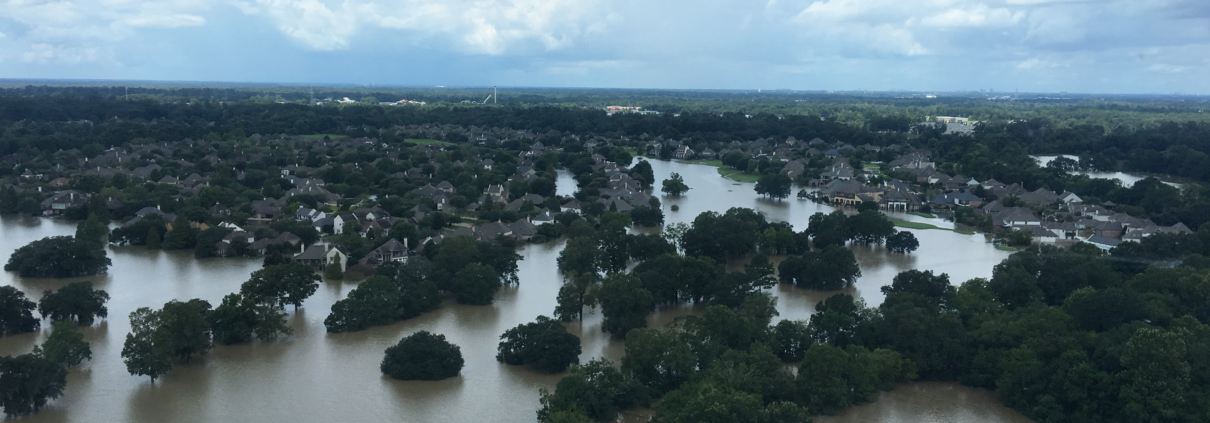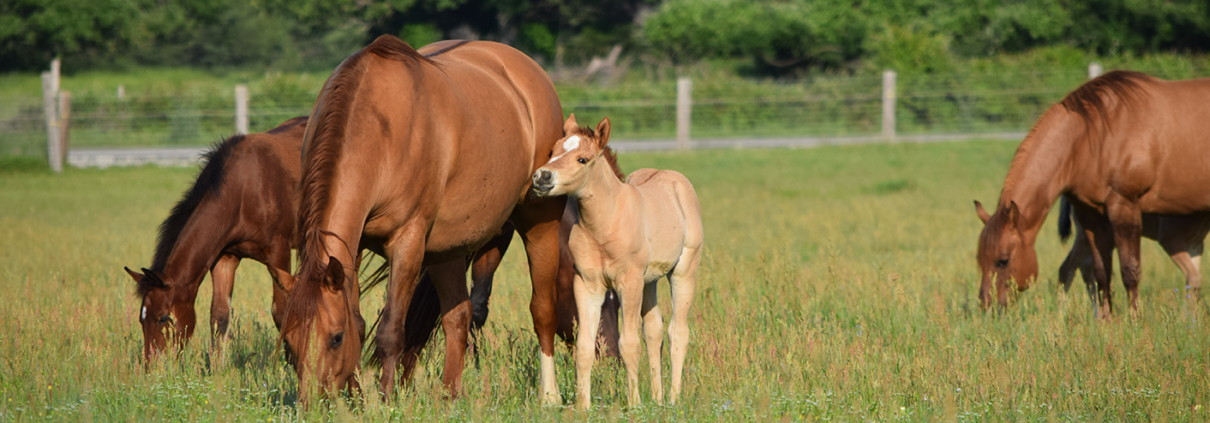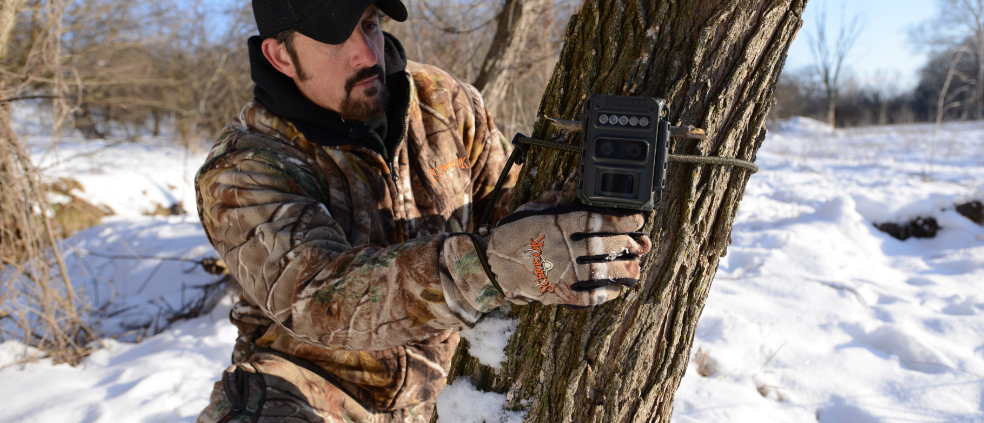Crowdfunding for Agriculture
Agriculture is a broad, ever changing field. The agricultural system is rapidly advancing to keep up with its global consumers, mainly by evolving technology to increase yields and profits. From GPS tracking devices navigating tractors with centimeter accuracy to drones checking calves in the middle of the night, technology has changed the game. A more slowly evolving factor in agriculture has been access to finance. New options, such as equity crowdfunding for agriculture, have emerged for producers to get their farm up and running, or keep their farm afloat.
Equity crowdfunding is the process by which people invest in an early-stage company not listed on a stock market, in exchange for an ownership interest in that company. If the company does well, the shareholders will profit, and if the company fails shareholders could lose some or all of their investment.
Choosing the Best Crowdfunding Option
Small scale or hobby farmers looking to raise smaller amounts of money might investigate donation-based crowdfunding. In donation-based crowdfunding, people who wish to support farm projects contribute money without much of a reward expectation besides the gratitude of the beneficiary or project creator. There are many popular donation-based crowdfunding platforms, such as GoFundMe that have supported small farms. Barnraiser is a site where donors can contribute money to small scale farmers for the social benefit and, in return, receive an incentive like a t-shirt or opportunity to tour the farm. Kiva is another site that helps farmers in developing countries with small injections of capital in the form of a micro-loan.
On the other hand, farmers who need to raise more significant amounts money to fund the launch or growth of their project can pursue equity crowdfunding. The JOBS Act of 2012 eased security regulations to legalize equity crowdfunding and allows platforms to list deals in a wide variety of investments, for example, investing in agricultural opportunities. Often, these companies go on to raise money from angel investors or venture capitalists. Two of the most popular equity crowdfunding platforms in the U.S. are Realty Shares and Seedrs. Realty Shares allows people to invest in turnkey real estate deals, such as apartment buildings. Seedr is more like an angel capital platform, which provides investors access to startup companies.
Generally, the investors in a crowdfunding project are passive, limited partners while the land-owner is the active partner, making all the decisions to include what to grow, when to plant, and where to sell the harvest, or pay a manager to do these things.
Crowdfunding for Agriculture as an Alternative to Traditional Banking

Now, why wouldn’t landowners just go to the bank and get a traditional loan to start up their business? There are many factors that go into this decision, including the landowner’s financial status, the desired mix of debt and equity, and the potential profitability of their farm or ranch.
Fortunately, farms aren’t nearly as leveraged as they were during the 1980s farm crisis, which saw many people lose their land. But leverage always adds an element of risk, as well as the potential for increased returns. Bringing in equity investors via crowdfunding enables a landowner or producer to realize economies of scale and reduces the risk of foreclosure during commodity downturns.
According to the United States Department of Agriculture’s Economic Research Service, beginning farmers are more likely than established farmers to have at least a four-year college degree. Put yourselves in the shoes of those young legacy farmers right out of college. For most people, coming out of college involves stepping into the “real world” and realizing they’re: 1) broke, and 2) in loads of debt from student loans. Debt financing is most likely the only option to choose from for young farmers to begin, but how many banks will let a young adult take off with a $500,000 loan to start their row crop operation while still drowning in student loan debt?
Other beginning farmers may not be coming right out of college, but they could be growing products that take several years to produce revenue; for example, tree crops. These farmers won’t see a profit from their investment for years. Imagine using your life savings plus a huge loan to open a restaurant, only to have to keep the place dust free and running smoothly with no customers for five or six years before you can open the doors and see a profit from your hard work. That’s the reality that new orchard growers deal with in terms of turning profit after years of hard work and care.
Then, there are those farmers who are current land owners who want to trade some of their land for cash to pay bills. Unfortunately, agriculturalists work with an element named Mother Nature who decides how much rain she wants to give, or not give, the crops, so some years may be better than others. Disease is another major risk. Thankfully, crop insurance can mitigate some of these uncontrollable events but, in the end, most of the money is coming out of the farmer’s pocket to stay afloat in hard times. On the opposite side, sometimes business is booming and farmers want to expand an existing operation. It’s like a mini start over financially but they have their practices established and just need the funds to keep up with the growing demand.
Raising Money Takes Money
Private equity firms and farmland real estate investment trusts commonly pool money from outside investors to purchase large portfolios of income producing agricultural assets. These capital raises typically involve hundreds of millions of dollars and require thorough knowledge of Securities and Exchange Commission regulations. Crowdfunding uses the same basic model, just on a smaller scale more appropriate for many producers.
Chris Rawley, CEO of Harvest Returns, an online crowdfunding marketplace for agricultural investments launching in 2017, sees an under-served middle market for agriculture finance.
“Because we’ve already done the legal and regulatory legwork and built a base of investors interested in ag, we can be a cheaper source of capital for producers who would like to raise anywhere from a few hundred thousand to a few million dollars,” Rawley explains. “We allow farmers to bring in equity investors, which keeps their debt to asset ratios lower, reducing the risks to the grower from events that might normally result in a farm foreclosure.”
The Harvest Returns platform draws investors interested in agriculture together with a wide assortment of investment agriculture products. With as little as five thousand dollars, these investors are able to own interests in farms, timberland, or orchards in different parts of the world, each with their own risk/return profile. Landowners and sophisticated investors are familiar with the benefits of investing in agriculture. Now there are ways for the average American to put a portion of their investment portfolio towards agriculture, arguably, the world’s most important industry.
American farmers need every cutting edge solution they can get today, on the production side and on the financial side. Increasingly, they’re competing not just with the farm in the next state and county, but with farms in Brazil, Russia, and other emerging countries. The agricultural industry, especially producers, must evolve to fit with today’s globalized marketplace.
This article originally appeared in the 2017 Summer Terra Firma Magazine, the official publication of the REALTORS® Land Institute.
 About the Author: Allison Spence is the Digital Media & Marketing Specialist for Harvest Returns. A majority of her professional experience is in agricultural journalism and digital marketing with an emphasis in strategic communications writing.
About the Author: Allison Spence is the Digital Media & Marketing Specialist for Harvest Returns. A majority of her professional experience is in agricultural journalism and digital marketing with an emphasis in strategic communications writing.




 Author: Russell Riggs, RLI’s NAR Government Affairs Liaison. In his position with the National Association of REALTORS®, Russell Riggs serves in Washington, D.C., conducting advocacy on a variety of federal issues related to land.
Author: Russell Riggs, RLI’s NAR Government Affairs Liaison. In his position with the National Association of REALTORS®, Russell Riggs serves in Washington, D.C., conducting advocacy on a variety of federal issues related to land.


 Author bio: Lisa Moden is a prestigious Accredited Land Consultant of the REALTORS® Land Institute and has been a Broker for Ebby Halliday REALTORS® for over nine years. Lisa’s experience and passion for equine has helped her become an expert in farm and ranch real estate. In addition to farm and ranch, she also specializes in lake properties and investment land.
Author bio: Lisa Moden is a prestigious Accredited Land Consultant of the REALTORS® Land Institute and has been a Broker for Ebby Halliday REALTORS® for over nine years. Lisa’s experience and passion for equine has helped her become an expert in farm and ranch real estate. In addition to farm and ranch, she also specializes in lake properties and investment land.


